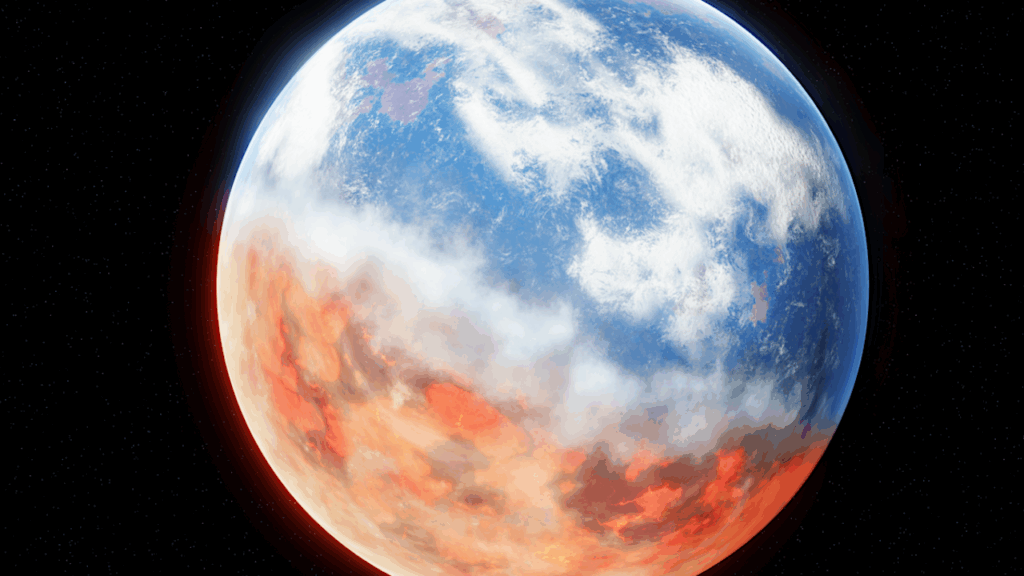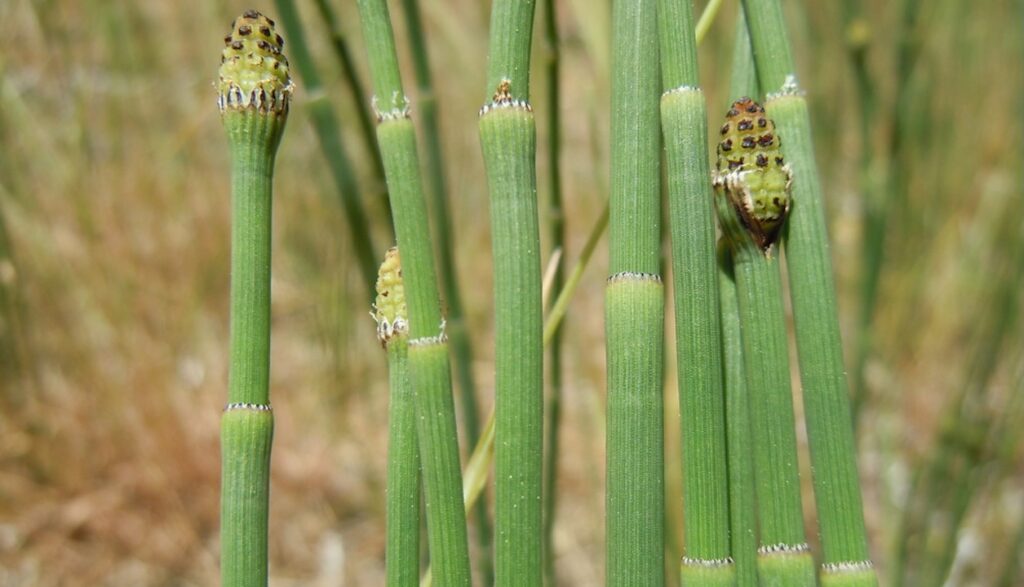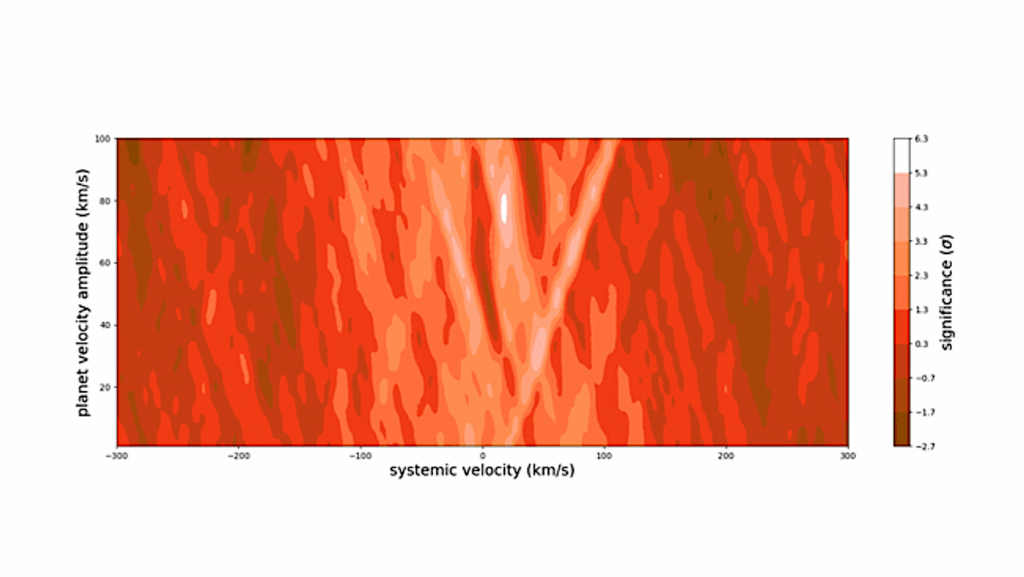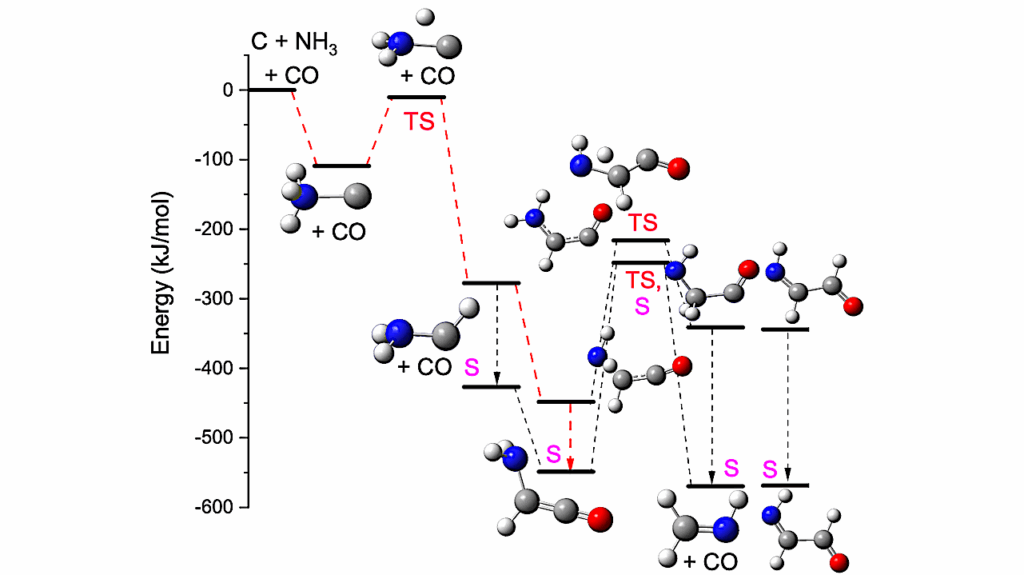Ice, Ice, Maybe? Investigating 46P/Wirtanen’s Inner Coma For Icy Grains
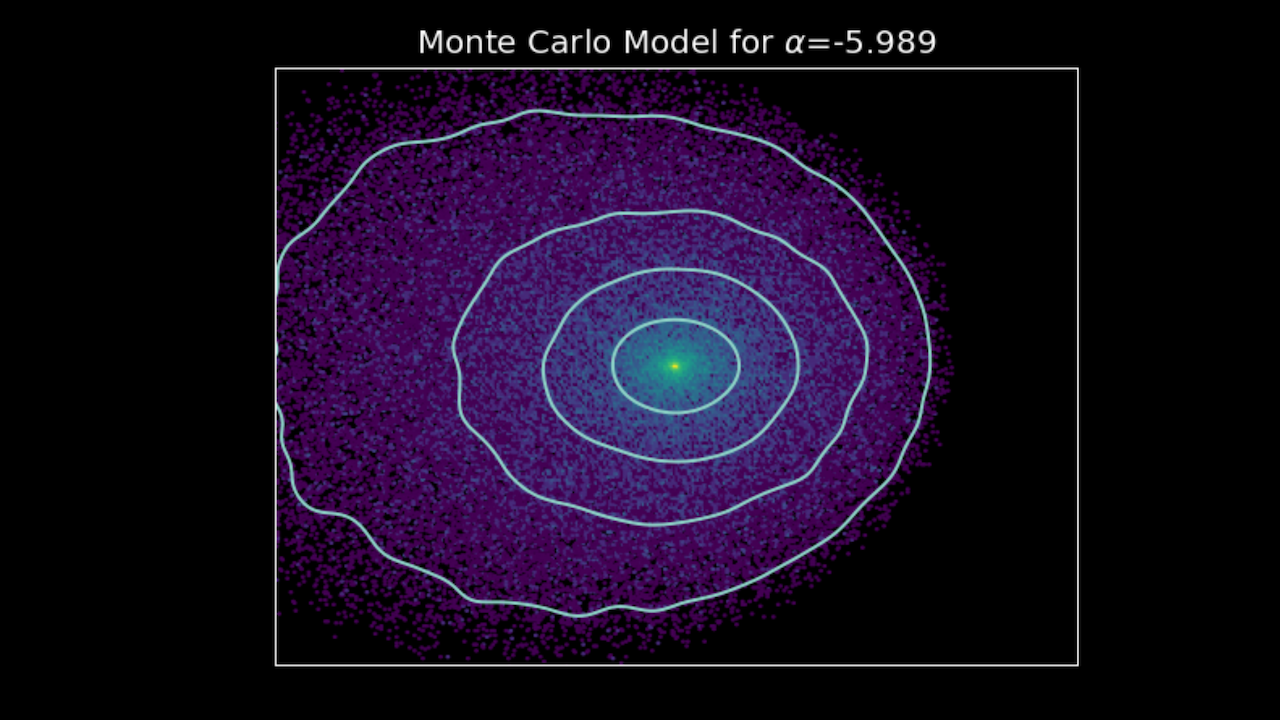
The release of volatiles from comets is usually from direct sublimation of ices on the nucleus, but for very or hyper-active comets other sources have to be considered to account for the total production rates.
In this work, we present new near-infrared imaging and spectroscopic observations of 46P/Wirtanen taken during its close approach to the Earth on 2018 December 19 with the MMIRS instrument at the MMT Observatory to search for signatures of icy or ice-rich grains in its inner coma that might explain its previously reported excess water production. The morphology of the images does not suggest any change in grain properties within the field of view, and the NIR spectra do not show the characteristic absorption features of water ice.
Using a new MCMC-based implementation of the spectral modeling approach of Protopapa et al. (2018), we estimate the areal water ice fraction of the coma to be less than 0.6%. When combined with slit-corrected Afrho values for the J, H, and K bands and previously measured dust velocities for this comet, we estimate an icy grain production rate of less than 4.6 kg/s.
This places a strict constraint on the water production rate from pure icy grains in the coma, and in turn we find that for the 2018-2019 apparition approximately 64% of 46P’s surface was sublimating water near perihelion. WE then discuss 46P’s modern properties within the context of other (formerly) hyper-active comets to understand how these complex objects evolve.
Theodore Kareta (Lowell Observatory), John W. Noonan (Auburn University), Walter M. Harris (University of Arizona), Alessondra Springmann (SwRI)
Comments: 23 pages, 5 figures, accepted for publication at the Planetary Science Journal on April 10, 2023
Subjects: Earth and Planetary Astrophysics (astro-ph.EP)
Cite as: arXiv:2304.05953 [astro-ph.EP] (or arXiv:2304.05953v1 [astro-ph.EP] for this version)
Submission history
From: Theodore Kareta
[v1] Wed, 12 Apr 2023 16:26:13 UTC (4,561 KB)
https://arxiv.org/abs/2304.05953
Astrobiology, Astrochemistry



